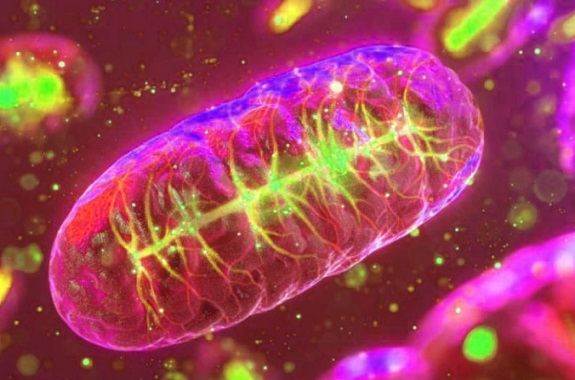Nikhil Prasad Fact checked by:Thailand Medical News Team Jul 30, 2025 5 months, 1 week, 1 day, 23 hours, 39 minutes ago
Medical News: Long COVID still affecting millions worldwide
A groundbreaking study led by scientists from the University of California San Francisco and the University of Hawaii at Manoa has uncovered disturbing evidence that mitochondrial damage in immune cells could be a major driving force behind Long COVID. Long COVID, a condition marked by lingering symptoms like fatigue, brain fog, and chronic pain long after the initial SARS-CoV-2 infection, currently affects more than 60 million people globally.

Mitochondrial Gene Damage in Immune Cells Linked to Long COVID
Using a meta-analysis approach, the researchers examined immune cell data from 1,272 individuals across 21 high-quality RNA sequencing studies. They discovered that in those with Long COVID, gene activity in key immune cells showed abnormal mitochondrial signaling. This
Medical News report highlights that mitochondrial gene expression remained dysregulated months after recovery, despite very low or even undetectable levels of viral RNA in these immune cells.
Massive gene changes in energy producing immune cells
The study focused on three major immune cell types—mononuclear cells, PBMCs (peripheral blood mononuclear cells), and granulocytes. A striking finding was that eight mitochondrial-related genes were severely altered in Long COVID patients. Among these, MT-CYB and MT-CO3—genes essential for producing ATP, the cell’s energy currency—were strongly upregulated. This excessive activation could explain why immune cells remain abnormally active, draining energy and worsening symptoms.
Surprisingly, the amount of SARS-CoV-2 RNA found inside these immune cells was minimal in Long COVID patients—far less than in those with acute COVID or even in some uninfected individuals. This suggests that even in the absence of active virus, the body remains in a dysfunctional immune state likely triggered by earlier infection.
Three possible root causes identified
The researchers proposed three main hypotheses for this long-term mitochondrial dysfunction. First, fragments of viral RNA or proteins may still be triggering immune responses in circulating cells. Second, the virus could have damaged hematopoietic stem cells in the bone marrow during acute infection, disrupting the body's ability to regenerate properly functioning immune cells. And third, many immune cells in Long COVID patients may be stuck in a state of programmed cell death or apoptosis, which is heavily influenced by mitochondrial activity.
In patients who recovered from COVID-19 without developing Long COVID, signs of robust clonal hematopoiesis were observed—a natural stem cell process that helps restore healthy immunity. However, Long COVID sufferers lacked this regenerative signal, suggesting a failure to reboot the immune system after infection.
A hidden crisis in immune energy systems
Overall, the study reveals that Long COVID may not just be the result of lingering virus but rather a de
ep-rooted immune system malfunction. Damaged mitochondrial gene expression may keep immune cells locked in a hyperactive state, leading to exhaustion and inflammation that never turns off. These findings provide a foundation for future treatments targeting mitochondrial repair and stem cell restoration in Long COVID.
The study findings were published in the peer reviewed journal: Mitochondrion
https://www.sciencedirect.com/science/article/pii/S1567724925000698
For the latest on Long COVID, keep on logging to Thailand
Medical News.
Read Also:
https://www.thailandmedical.news/news/how-covid-19-hijacks-mitochondria-and-fuels-long-term-damage
https://www.thailandmedical.news/news/covid-19-mitochondria-damage-is-behind-long-covid-and-the-increased-risk-of-future-non-communicable-diseases
https://www.thailandmedical.news/news/sars-cov-2-destroys-heart-cell-mitochondria-leading-to-dangerous-long-covid-cardiac-issues
